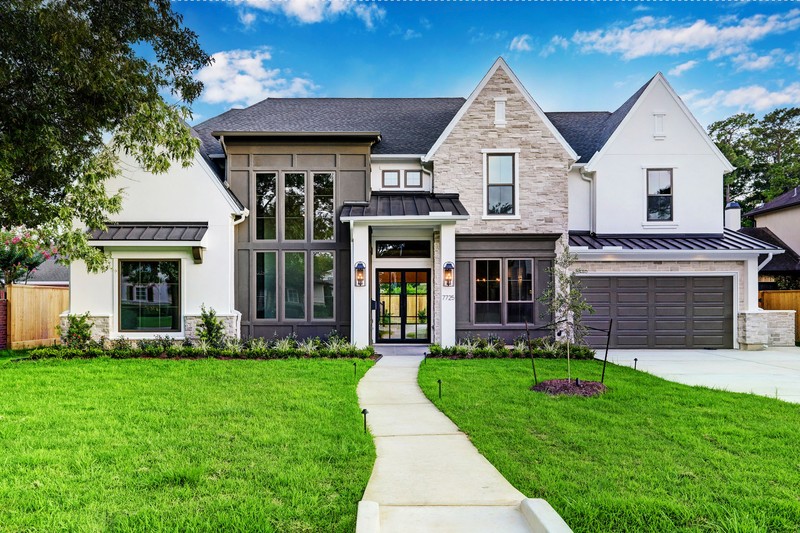If you have been living in Idaho, you’re likely aware of the erratic seasons, characterized by cold winters and dry summers. Elements such as wind and snow can impact window performance. As a homeowner, you may feel muddled about choosing between vinyl and wood window frames. Which one functions better?
There are several factors to consider, and an experienced installation contractor, such as Nu-Vu Glass, can guide you better. Nu-Vu Glass is a local company in Idaho with expert technicians, and it has been handling window and door installations for years in cities such as Twin Falls and Pocatello.
Before you discuss things further, here are some things to know
- Understanding the Materials: Vinyl window frames are made from polyvinyl chloride (PVC), which makes them durable and low-maintenance. Wood is a more conventional choice, and there are variants, such as pine, teak, or mahogany. In other words, one is synthetic while the other is natural.
- Energy Efficiency: Idaho has a four-season climate, which means your windows must be insulated. Vinyl is naturally insulating, and installation can include double/triple glazed glass, which further helps resist temperature transfer. Wood is also a great insulator, provided it is sealed. The concern is more about swelling or shrinking with moisture. For Idaho homes, Vinyl is considered more consistent. However, if you want to choose wood, that’s also possible, provided you commit to weatherproofing and ongoing care.
- Cost Comparison: Vinyl has a lower upfront cost, and the installation process is less labor-intensive. The upkeep expenses are considerably less in comparison to wood. If you don’t have a big budget, this could be a choice. Wood, on the contrary, has a higher purchase price, and you must continue repainting and resealing every few years. However, if you ever decide to sell your home, buyers would be more interested in wood than Vinyl.
- Appearance and Style: Vinyl offers many choices in colors and styles, but the feel can be generic if not customized. If you are chasing a more premium look, wood is certainly a better choice. The natural grain appearance is hard to beat, and you can even customize the final look. Before you make a choice, review neighborhood norms and HOA restrictions.
- Durability and Longevity: Idaho cities witness all sorts of climate changes – Snow, rain, UV exposure, and wind. Many homeowners in suburban areas prefer Vinyl over others, considering it is moisture resistant and doesn’t warp or rot. However, low-quality Vinyl is prone to cracking. Wood, on the contrary, has the exact problems that Vinyl doesn’t have. The material can swell, rot, and warp, and there is a constant need for upkeep.
- Maintenance Needs: You don’t have to worry much about maintaining vinyl windows – All you need is occasional cleaning with soap and water. There is no need for painting. Wood, as we discussed earlier, requires maintenance, which includes sealing, painting, and staining. You also have to take active steps to prevent both insects and mold.
- Environmental Impact: This one is a bit complicated. Vinyl is made from non-renewable plastic and isn’t usually recyclable (there are exceptions). However, the material is energy-efficient. Wood, on the other hand, is biodegradable, recyclable, and renewable. You can talk to your installer about FSC-certified wood options.
Avoid the Common Mistakes
Now that we have compared both options, let’s discuss a few of the mistakes that homeowners in Idaho often make. Firstly, they often choose the cheapest deal rather than the best material. Many also fail to consider long-term upkeep costs, while others don’t consider the Idaho climate. Another mistake is to choose style over performance.
Lastly, don’t make the mistake of choosing an installer who isn’t based in Idaho. You need a team that will not just advise you on the best options but also adhere to regulations and deal with permits when required.





